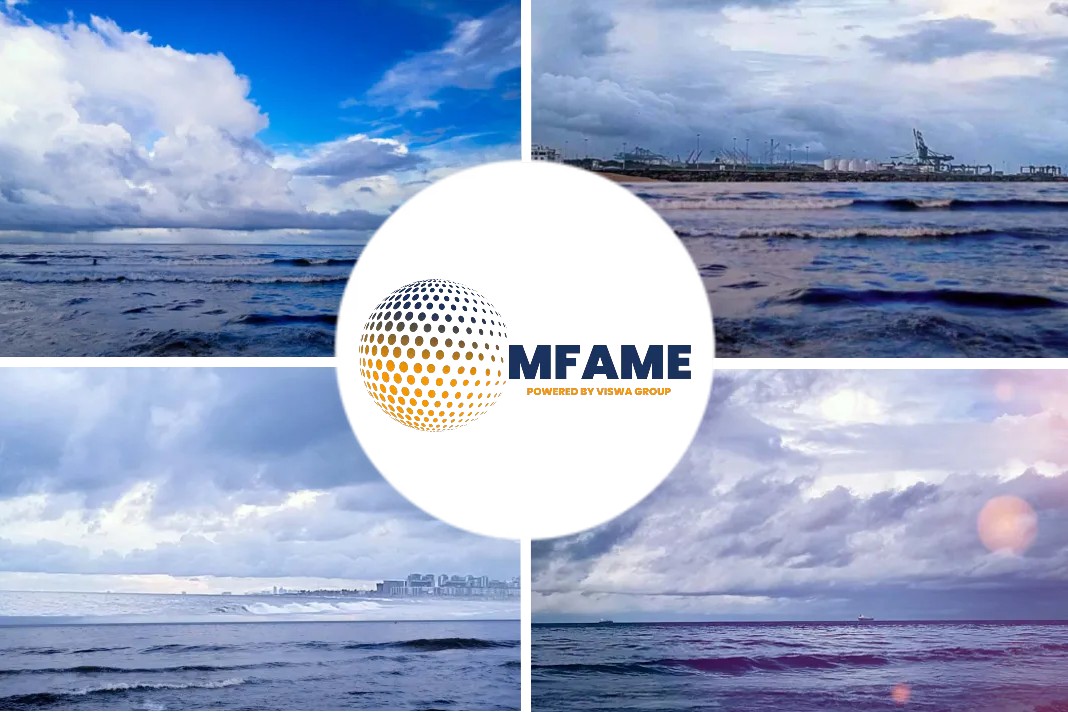The first voyage scheduled
A Norwegian company has created what it calls the world’s first zero-emission, autonomous cargo ship. If all goes to plan, the ship will make its first journey between two Norwegian towns before the end of the year, with no crew on board. Instead, its movements will be monitored from three onshore data control centers.
It’s not the first autonomous ship an autonomous ferry launched in Finland in 2018 but it is the first fully electric container ship, say its makers. Developed by chemical company Yara International, the Yara Birkeland was designed to reduce emissions of nitrogen oxides, which are toxic pollutants and greenhouse gases, and carbon dioxide, as well as moving freight away from roads to the sea.
Produces greenhouse gases still
Nearly all of Norway’s electricity is generated by hydroelectric power, which is generally considered to have much lower carbon emissions than burning fossil fuels, although it still produces greenhouse gases.
First conceptualized in 2017, the ship was created in partnership with technology firm Kongsberg Maritime and shipbuilder Vard. Capable of carrying 103 containers and with a top speed of 13 knots, it will use a 7 MWh battery, with “about a thousand times the capacity of one electrical car,” according to Jon Sletten, plant manager for Yara’s factory in Porsgrunn, Norway. He says it will be charged at the quayside “before sailing to container harbors along the coast and then back again, replacing 40,000 truck journeys a year.”
Uncharted territory
As well as providing a greener option compared to conventional cargo ships, Sletten says being crewless means it will be more cost-effective to operate. Initially, loading and unloading the ship will require humans, but according to Sletten, all loading, discharging, and mooring operations, including berthing and unberthing the vessel, will also eventually operate using autonomous technology. That will involve developing autonomous cranes and straddle carriers — vehicles that place containers onto ships.
“We overestimated the scope of it in the beginning and started with too many activities in parallel,” says Sletten.
After shifting the project from a fast track to a more step-by-step approach, Sletten hopes the ship will transport its first container from the town of Herøya to Brevik this year.
From container to commercial
Rudy Negenborn, a maritime and transport technology professor at the Delft University of Technology, in the Netherlands, says fully autonomous vessels like the Yara Birkeland are the future. But he adds that there are many challenges to overcome before autonomous ships can be used for commercial long sea journeys. He says navigating traffic in large ports (unlike the relatively quiet inland ports the Yara Birkeland will sail to) could be a major obstacle.
“At some point, these ships will have to start interacting with each other so they can exchange information and create paths that are not conflicting,” he says.
Negenborn adds that without a crew onboard to carry out maintenance checks, autonomous ships would need built-in self-diagnosing systems with the ability to detect and fix problems or call for human assistance. Besides technical issues, he says there are also legal implications when looking at traveling between countries.
No plans on adding ships
“The Yara Birkeland operates along the Norwegian coast, but if it went further, then it might encounter other territorial regions with perhaps different rules and regulations that need to be met,” says Negenborn. “Who is liable if something goes wrong?”
Although Yara International has no plans to add more autonomous ships to its operations, Sletten says we may see more elements of AI technology used on commercial ships in the future.
“On overseas vessels is perhaps a step too far, but I think elements are already being used in shipping today when it comes to a mooring and to the voyage,” he says. “I think we’ll see more partly autonomous elements added.”



















